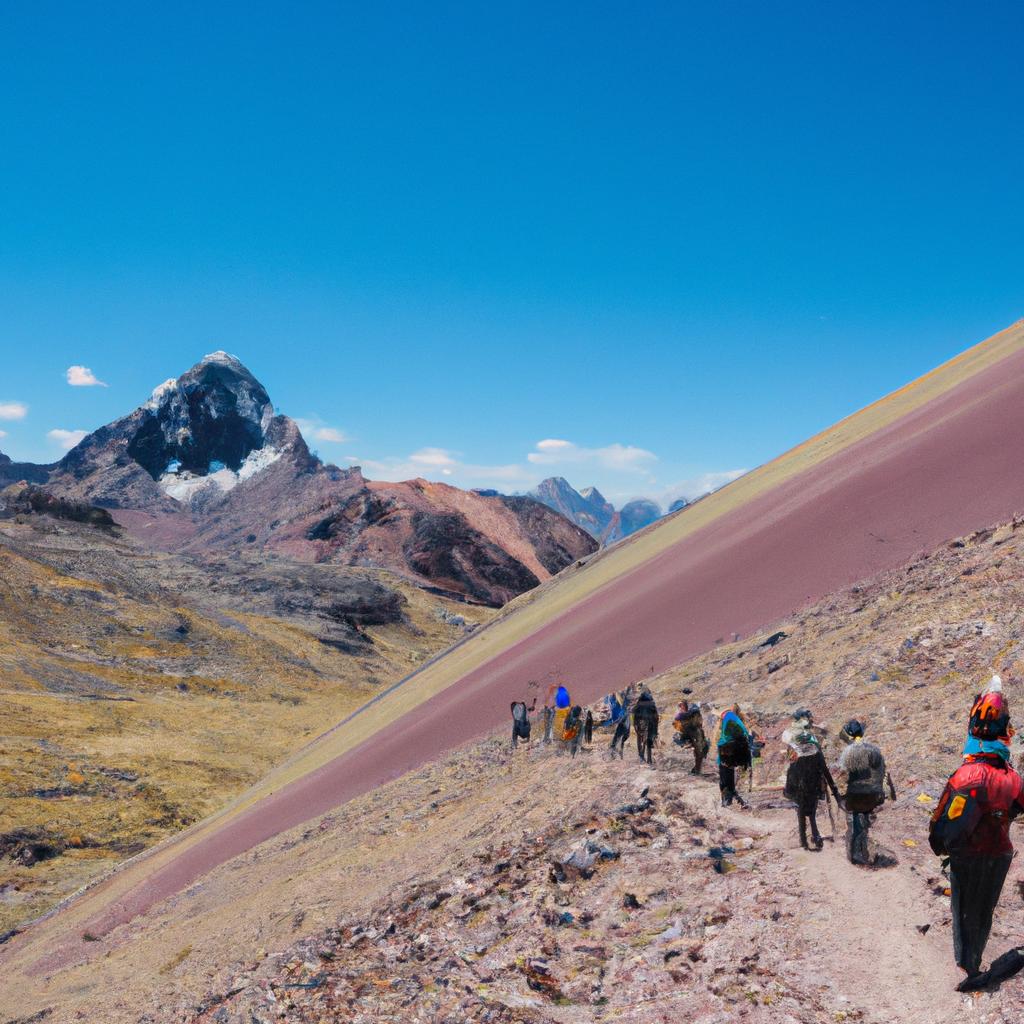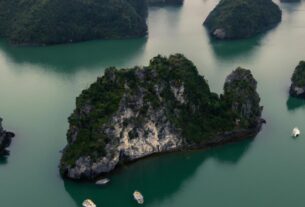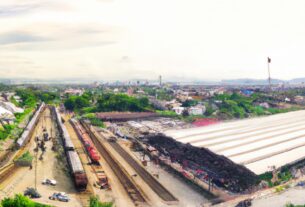The 7 Colors Mountain, known as Vinicunca, is an awe-inspiring wonder nestled within the Peruvian Andes. This remarkable geological formation has captivated travelers from around the globe with its vibrant hues and breathtaking vistas. Let’s delve deeper into the history, significance, and allure of this must-visit destination for nature enthusiasts.
The Mesmerizing Formation and Geology of the 7 Colors Mountain
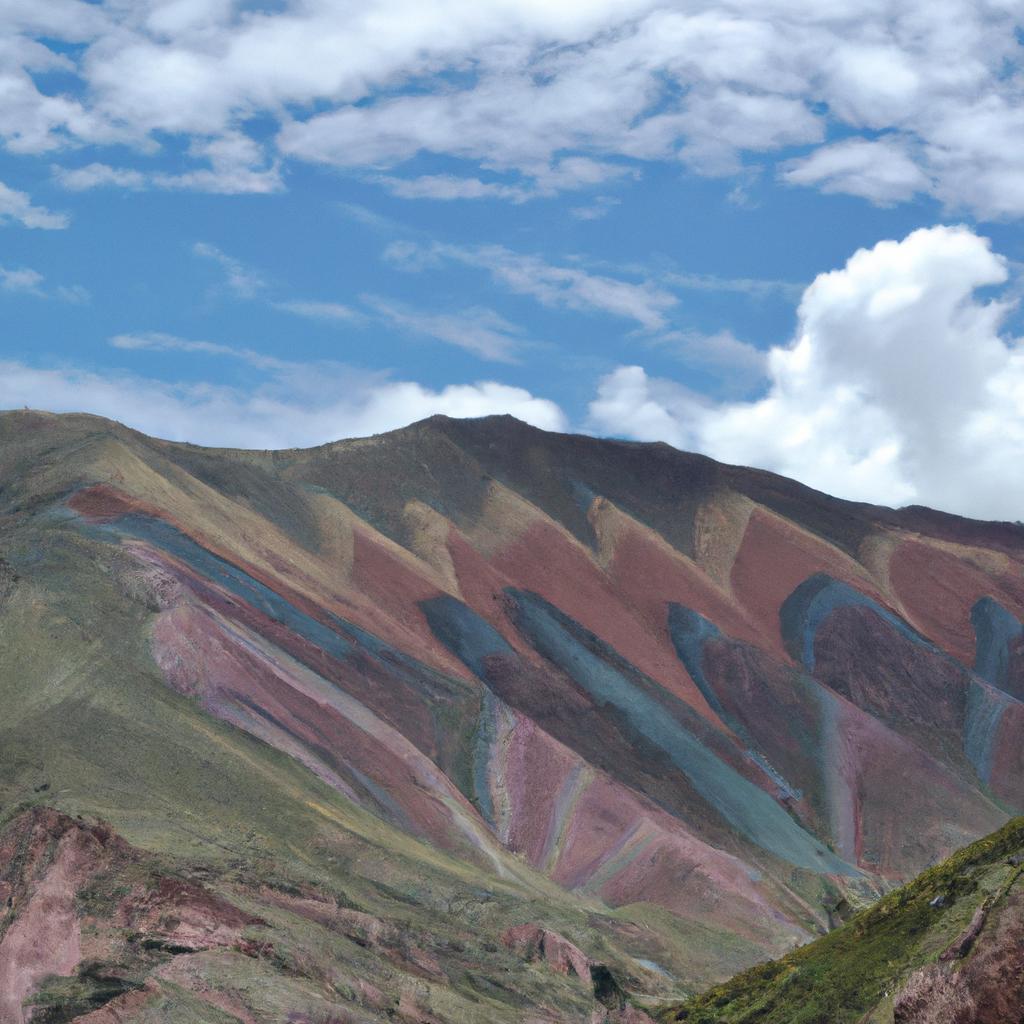
Unveiling the Geological Processes Behind the Colors
The 7 Colors Mountain is a geological marvel, boasting a captivating array of colors. Over millions of years, various geological processes and natural phenomena have shaped this marvel. Composed of sedimentary rocks formed by the accumulation of sand, silt, and clay, the mountain’s distinct colors are derived from its layers.
The presence of different minerals and sediments contributes to the mountain’s vibrant palette. Iron oxide lends reddish and brownish hues, while copper sulfate imparts greenish tones. Other minerals like sulfur, magnesium, and calcium carbonate further enrich the mountain’s kaleidoscope of colors. Sunlight reflecting on these minerals, along with weathering, erosion, and natural oxidation, enhance the spectacle.
Exploring the Wealth of Minerals and Sediments
The 7 Colors Mountain is a treasure trove of minerals and sediments. Primary among them is iron oxide, responsible for the reddish and brownish shades. Copper sulfate, found within the sedimentary rocks, infuses the mountain with its greenish allure. Other minerals such as sulfur, magnesium, and calcium carbonate also contribute to the mountain’s vibrant hues.
The mountain’s colors are not static; they change with the time of day and weather conditions. The most vivid colors manifest during the early morning and late afternoon when the sun’s rays strike at an angle. Additionally, the colors appear more vibrant during the dry season, when rainfall and erosion are minimal.
In the next section, we’ll embark on the journey to the 7 Colors Mountain, relishing the scenic vistas along the way.
The Trek to the Enchanting 7 Colors Mountain
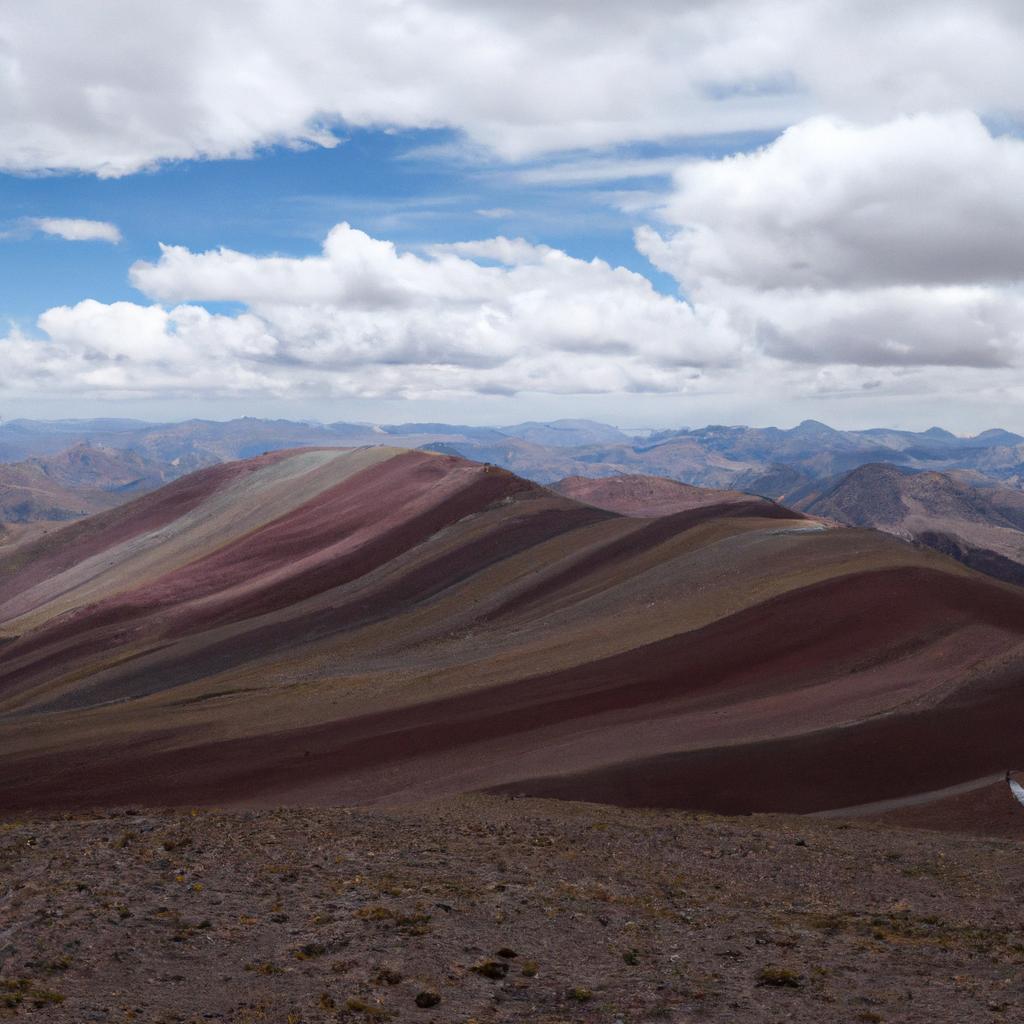
Embarking on the Trekking Route
The trek to the 7 Colors Mountain presents an exhilarating challenge and a rewarding experience. Spanning approximately 10 kilometers, the route typically takes 3-4 hours to complete, depending on your fitness level. Commencing at an altitude of around 4,326 meters above sea level, the trail ascends to a summit elevation of 5,200 meters. Along the way, you’ll be treated to majestic views of the Andes Mountains, glaciers, and turquoise lakes.
Delighting in Scenic Views and Other Attractions
For outdoor enthusiasts, the trek to the 7 Colors Mountain is a dream come true. The trail winds through awe-inspiring landscapes, including snow-capped peaks, verdant valleys, and crystalline rivers. Traverse the renowned Red Valley, famed for its vibrant red rock formations, and marvel at the Rainbow Mountain’s captivating spectrum of colors. Along the path, encounters with llamas and alpacas further enhance the experience.
Tips and Recommendations for an Enjoyable Trek
Embarking on the journey to the 7 Colors Mountain demands a certain level of physical fitness due to the trail’s steep and challenging terrain. Prior acclimatization to the high altitude is highly recommended. Ensure you pack ample warm clothing, as weather conditions can be unpredictable and subject to rapid changes. Staying hydrated is crucial, so carry an abundant supply of water since facilities along the trail are scarce.
For a safe and fulfilling trek, it’s advisable to hire a knowledgeable guide. They will provide valuable insights into the local area, culture, and history while ensuring your safe navigation along the trail.
In the following section, we’ll delve into the vibrant culture and traditions of the local communities surrounding the 7 Colors Mountain.
The Vibrant Culture and Traditions of the Communities Near the 7 Colors Mountain
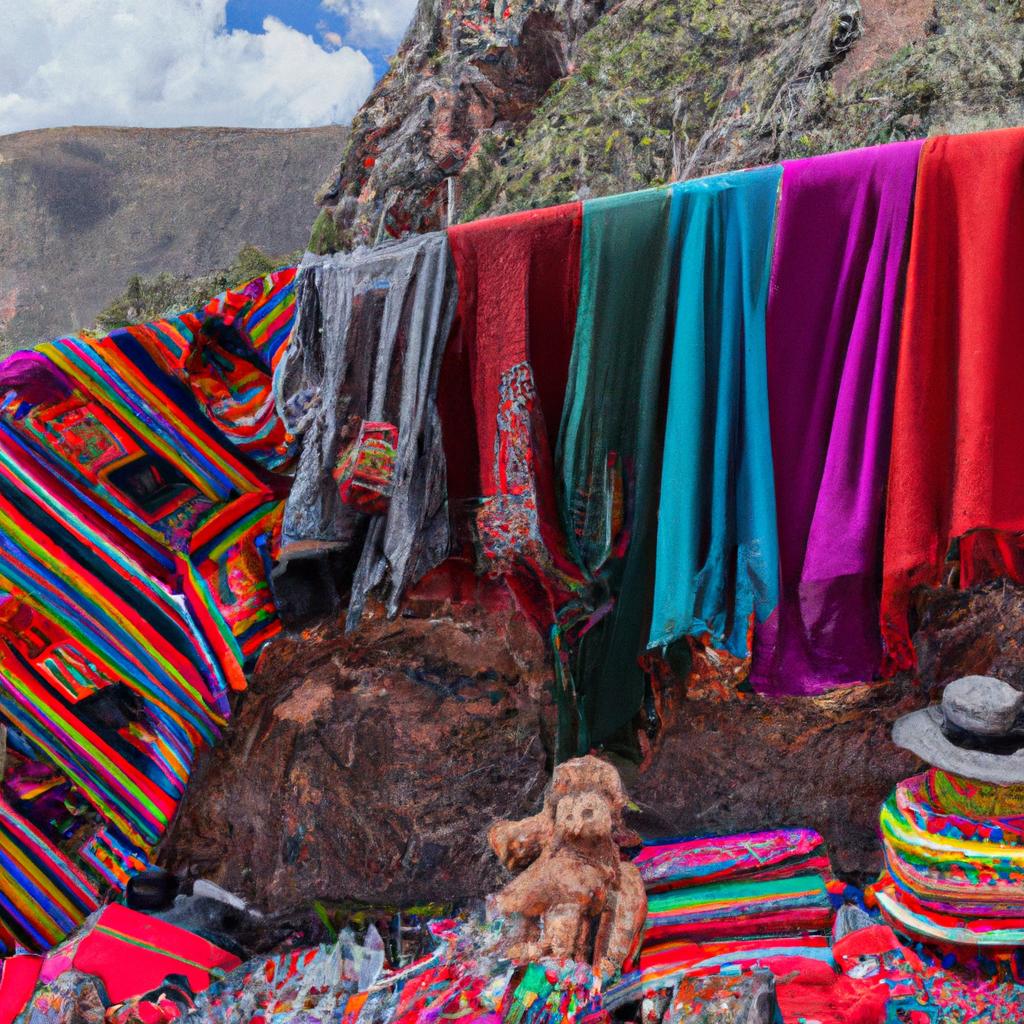
The communities residing near the 7 Colors Mountain possess a remarkable culture deeply intertwined with this majestic natural wonder. Primarily descendants of the Quechua people, these communities have forged a way of life that thrives amidst the unforgiving conditions of the Andean mountains. Despite the challenges they face, they have painstakingly preserved their rich culture and traditions through generations.
Discovering the Local Communities and Their Way of Life
The communities surrounding the 7 Colors Mountain predominantly rely on agriculture, embracing farming and livestock as their means of sustenance. In small villages and towns devoid of modern amenities like electricity and running water, communal strength and familial bonds form the foundation of their existence. Their way of life centers around mutual support and cooperation, creating a closely-knit community.
Unveiling the Mountain’s Cultural Significance to the Communities
For the local communities, the 7 Colors Mountain holds profound cultural significance. According to Andean mythology, the mountain is a sacred site believed to be inhabited by powerful spirits. These communities have woven their own tales and legends surrounding the mountain, tales handed down through generations. They hold the belief that the mountain possesses healing properties and bestows good fortune and prosperity upon its visitors.
Traditional Activities, Festivals, and Celebrations Linked to the Mountain
The communities harboring the 7 Colors Mountain engage in a multitude of traditional activities, festivals, and celebrations directly related to this natural wonder. The annual pilgrimage to the mountain, held in August, stands as a momentous occasion, uniting the communities in prayer and offerings to the mountain spirits, seeking good health and prosperity. Other vibrant festivals and celebrations include the Inti Raymi, or Festival of the Sun, and the Qoyllur Rit’i, or Snow Star Festival, both celebrated in June.
In the subsequent section, we’ll delve into the sustainability and conservation efforts aimed at preserving the 7 Colors Mountain and its surrounding ecosystems.
Sustainability and Conservation Efforts for the 7 Colors Mountain
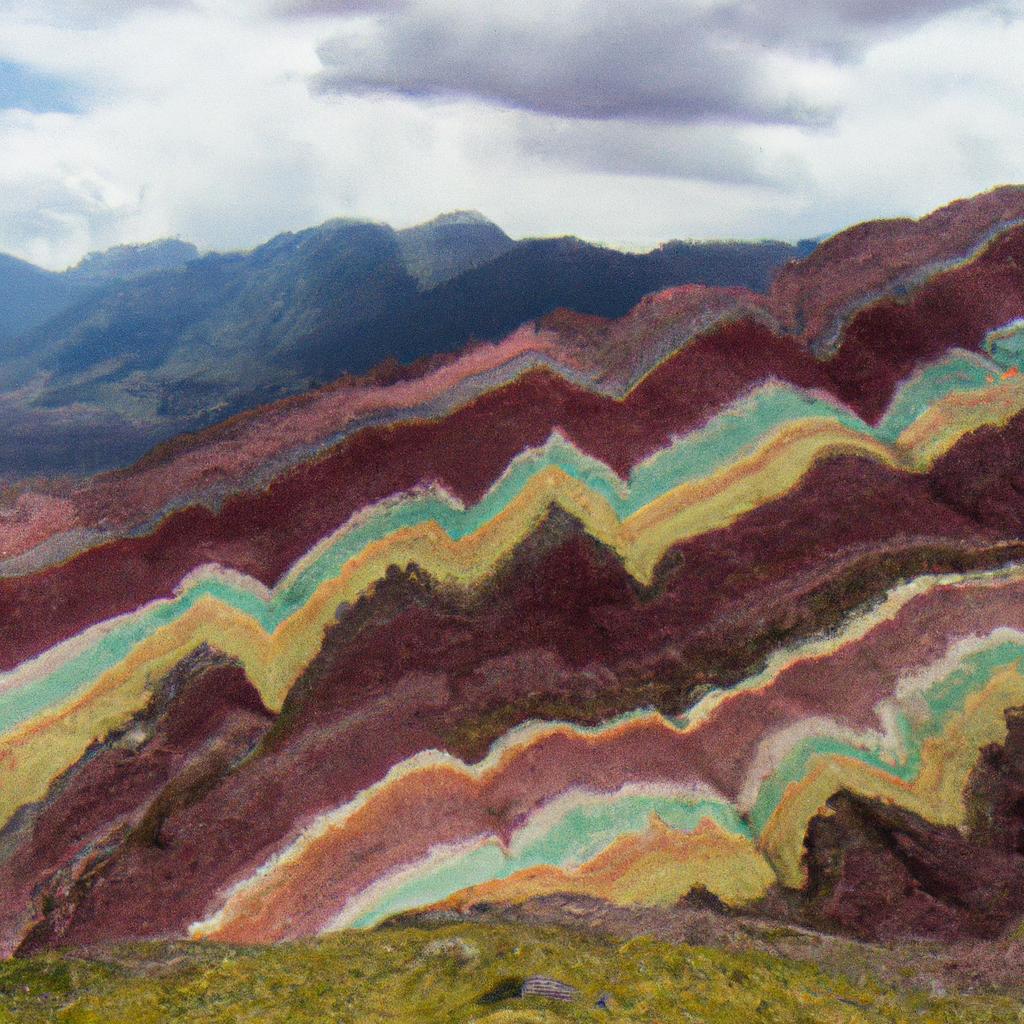
Environmental Challenges Facing the Mountain and Local Communities
While the 7 Colors Mountain’s popularity has brought forth undeniable benefits, it has also presented challenges for both the local communities and the natural environment. Tourism’s surge has imposed strains on the fragile ecosystem, resulting in soil erosion, water pollution, and harm to the flora and fauna.
Additionally, the mountain’s location in a climate change-prone area renders the communities vulnerable to natural disasters such as landslides and flash floods, posing threats to their livelihoods. The extraction of minerals from the mountain further contributes to environmental degradation and the depletion of precious natural resources.
Ongoing Initiatives and Projects to Preserve the Mountain and its Ecosystems
To address these challenges, multiple initiatives and projects have emerged, promoting sustainable tourism practices and environmental protection. Local communities have taken it upon themselves to spearhead initiatives like waste management programs and the promotion of eco-friendly practices.
Moreover, the Peruvian government has implemented regulations to limit visitor numbers, curtail commercial activities, and foster responsible tourism practices. Infrastructural enhancements and education programs have also been prioritized to raise awareness among both tourists and locals about the importance of conservation.
Ways Tourists Can Contribute to Sustainability and Conservation
As conscientious tourists, we can actively contribute to the sustainability and conservation efforts surrounding the 7 Colors Mountain by following simple guidelines. Respecting the local culture and traditions by dressing appropriately and showing reverence for customs and beliefs is of utmost importance.
Minimizing our environmental impact by refraining from littering, adhering to designated trails, and refraining from disturbing wildlife is crucial. Supporting the local communities by purchasing locally made products, hiring local guides, and contributing to community development projects further aids in their sustainable development.
By taking these steps, we play an integral role in safeguarding the 7 Colors Mountain as a natural marvel for generations to come, while also uplifting the local communities and preserving the environment.
Final Thoughts
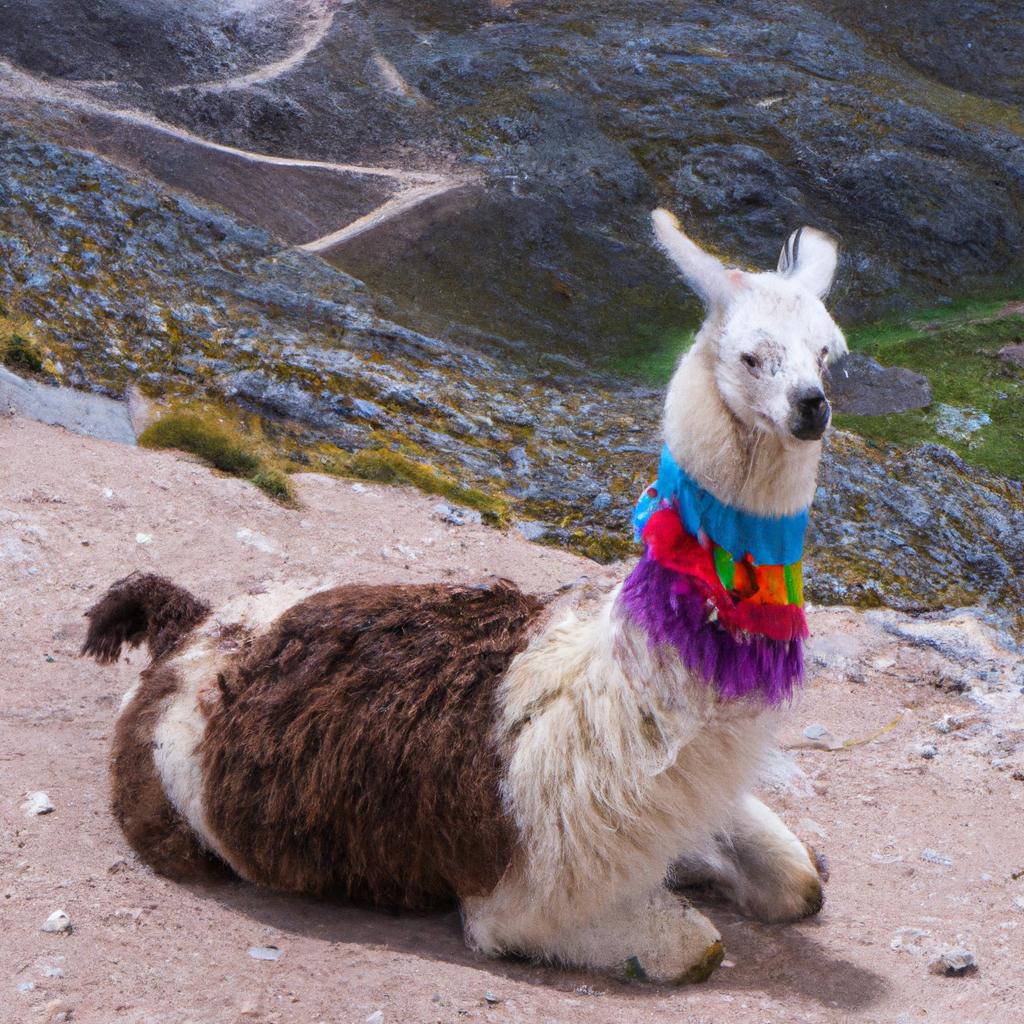
In conclusion, the 7 Colors Mountain in Peru stands as a natural treasure that must be witnessed firsthand. Its enchanting colors, historical significance, and cultural resonance render it an indispensable destination for nature lovers and adventure seekers alike. The rewarding trek brims with awe-inspiring vistas and diverse attractions, allowing for an unforgettable experience.
It is worth mentioning the positive impact of tourism on the local communities, as it provides them with a livelihood and improves their standard of living.
Nevertheless, as tourism grows, it is crucial to address environmental challenges and actively implement sustainable practices and conservation efforts. As responsible tourists, we bear the responsibility of treading lightly and supporting the preservation of this captivating natural wonder.
In summary, the 7 Colors Mountain represents nature’s brilliance and resilience. Let us pay homage to its splendor, ensuring its perpetual protection. So, when planning your journey to Peru, make sure to include the 7 Colors Mountain in your itinerary and bear witness to this majestic marvel firsthand.
